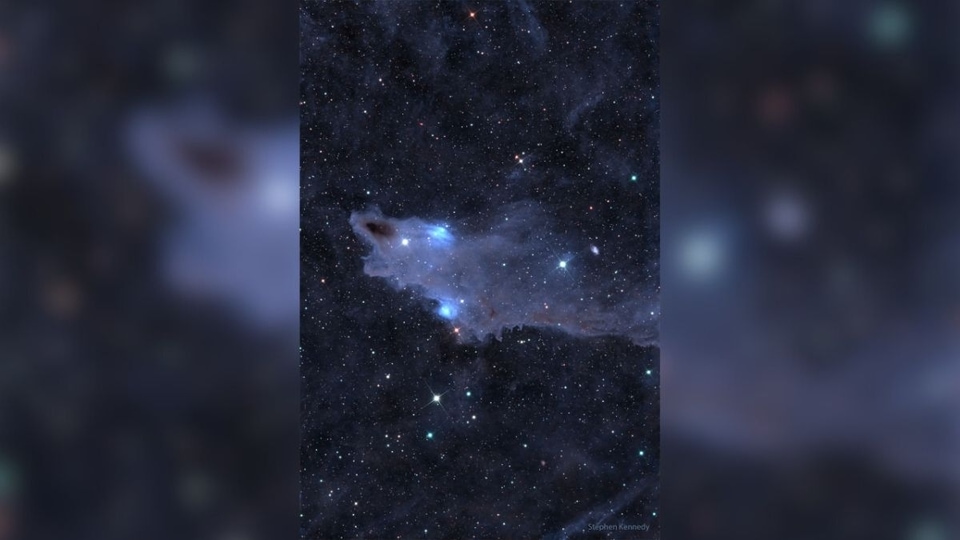Blue Origin to SpaceX, NASA partners 7 space companies for commercial and govt needs
- NASA has turned to private space agencies like Blue Originm SpaceX and Northrop Grumman to promote a robust low Earth economy.






 View all Images
View all ImagesUS space agency NASA is taking collaboration with private agencies to the next level to meet its growing commercial and government requirements and for that it has roped in and tied-up with as many as 7 companies. Among them are Jeff Bezos led Blue Origin and Elon Musk led SpaceX. The ultimate goal, as per NASA is to benefit human spaceflight and the US commercial low Earth orbit economy.
Notably, these Space Act Agreements are unfunded. Also, the second Collaborations for Commercial Space Capabilities-2 initiative (CCSC-2) is designed to advance commercial space-related efforts. This will be done by NASA sharing of technical expertise, assessments, technologies, and data in ways that will expend minimal government resources. However, it will foster development of capabilities to create a robust low Earth orbit economy. Indicating how that will happen is Phil McAlister, director of commercial spaceflight at NASA Headquarters in Washington, D.C., who said, “The companies can leverage NASA's vast knowledge and experience, and the agency can be a customer for the capabilities included in the agreements in the future.”
The seven companies selected for the Collaborations for Commercial Space Capabilities-2 are:
Blue Origin, Kent, Washington
Northrop Grumman Systems Corporation, Dulles, Virginia
Sierra Space Corporation, Broomfield, Colorado
Space Exploration Technologies Corporation, Hawthorne, California
Special Aerospace Services, Boulder, Colorado
ThinkOrbital Inc., Lafayette, Colorado
Vast Space LLC, Long Beach, California
The tie-up is expected to boost both the public and private causes. “We've seen how these types of partnerships benefit both the private sector and NASA,” said McAlister.
There was a rigorous methodology adopted through which decisons were made and companies picked for the collaboration. NASA selected these proposals based on an evaluation of their relevance to achieving the agency's goals and these comoanies' ability to provide the requested resources. The feasibility of the company's business and technical approach too was rigorously tested. And importantly, each party would bear the cost of its participation.
Who will contribute what
While Blue Origin will develop integrated commercial space transportation capability and high-frequency US access to orbit for crew and other missions, Northrop Grumman will provide autonomous and robotic capabilities for commercial science research and manufacturing capabilities in low Earth orbit.
Sierra Space will work with NASA for the development of the company's commercial low Earth orbit ecosystem, including next-generation space transportation, and expandable and tailorable space facilities providing a human presence in low Earth orbit.
SpaceX will work with NASA to provide an integrated low Earth orbit architecture along with near-term Dragon evolution and concurrent Starship development. It will also include crew and cargo transportation, communications, operational and ground support.
Special Aerospace Services is collaborating with NASA on an in-space servicing technology, propulsion, and robotic technology called the Autonomous Maneuvering Unit (AMU) and the Astronaut Assist-AMU for commercial in-space servicing and mobility applications intended for safer assembly of commercial low Earth orbit destinations, servicing, retrieval, and inspection of in-space systems.
ThinkOrbital will contribue through its ThinkPlatforms and CONTESA (Construction Technologies for Space Applications) projects. ThinkPlatforms are self-assembling, single-launch, large-scale orbital platforms in low Earth orbit. CONTESA features welding, cutting, and aids in large-scale in-space fabrication.
Vast will work on microgravity and artificial gravity stations. This includes the Haven-1 commercial destination, which will provide a microgravity environment for crew, and the first crewed mission, called Vast-1, to the platform.
NASA and low Earth orbit economy
NASA wants a robust low Earth orbit economy with the intention to boost education and job growth in science and engineering, and to spur economic growth through the creation of new space markets.
While for decades, NASA has supported a continuous U.S. human presence in low Earth orbit with astronauts on the the International Space Station, in 2019, it adopted a strategy to help achieve the agency's goal of a low Earth orbit marketplace where NASA is one of many customers and the private sector leads the way. The ultimate aim of this strategy is to advance human exploration into deep space.
Catch all the Latest Tech News, Mobile News, Laptop News, Gaming news, Wearables News , How To News, also keep up with us on Whatsapp channel,Twitter, Facebook, Google News, and Instagram. For our latest videos, subscribe to our YouTube channel.































